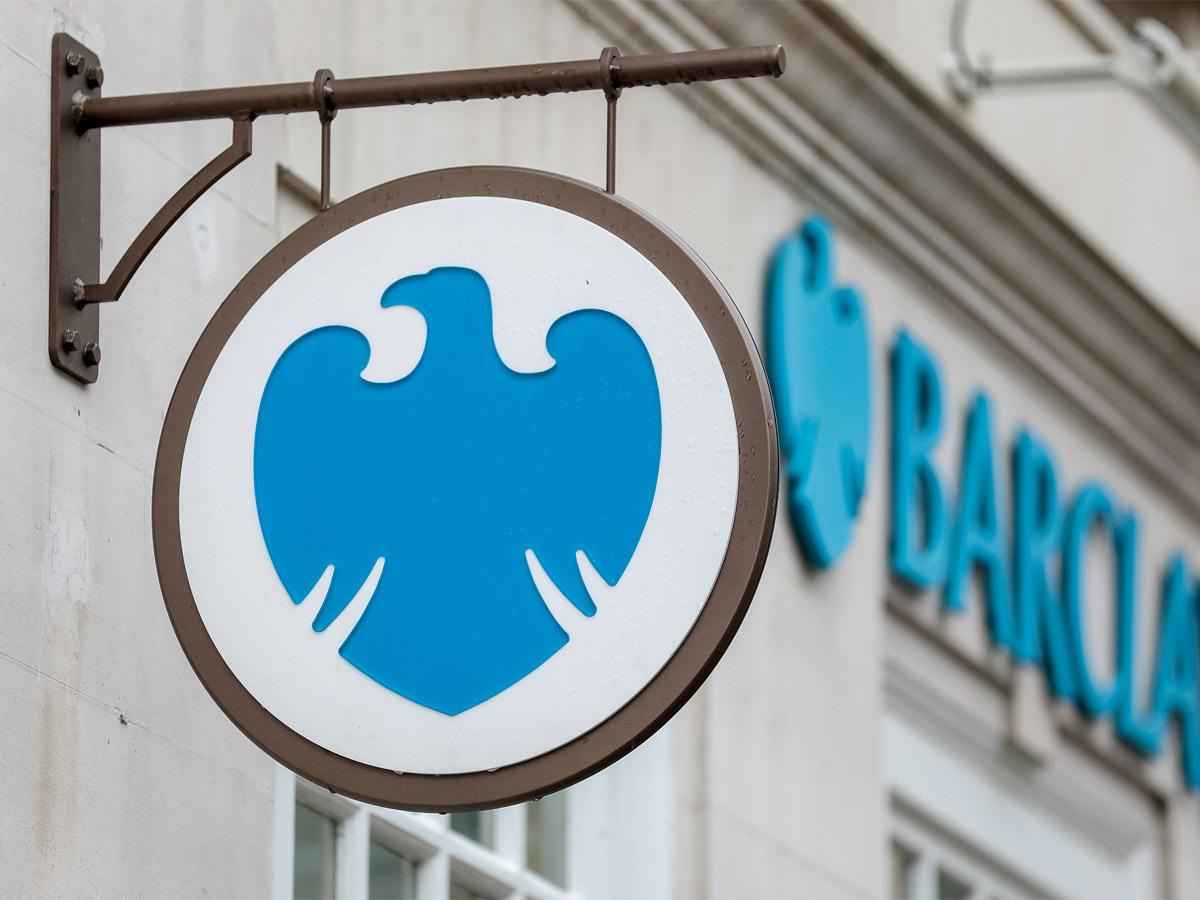Barclays [BARC] will be the first of the UK banking giants to report its annual results when it announces full-year 2019 earnings tomorrow (13 February). But will the firm’s share price receive a post-earnings bounce?
While analysts appear optimistic, the UK bank is facing intense scrutiny from investors. US-based activist investor Edward Bramson, who pressured the firm to reduce the size of its investment bank last year could make further moves at Barclays. Meanwhile, the bank is also being scrutinised over its role in financing fossil fuel producers.
Barclays share price is currently flat for the year — down 0.34% through 11 February — after registering a 24.8% gain for 2019. As it stands, the bank is expected to earn $1.19 per share in 2019, revealing a 2.6% change from 2018, according to Zacks Investment Research based on the share price’s US listing [BCS]. What should investors and traders be looking out for in today’s earnings?
Up against it
Bramson, who runs Sherborne Investors, recently extended the duration of his stake in the bank to July 2022. This has raised speculation that he could revive his activist campaign, according to CityAM. Meanwhile, the bank also faces pressure from a different kind of activist movement.
The bank has been in discussions with a group representing the UK’s largest investors, The Investor Forum, regarding its climate change policies. The Financial Times report stated that Barclays is the sixth-largest fossil fuel company financier in the world and, exceeding its peers by $27bn, is the biggest in Europe.
The FTSE 100 bank had already been pressed to stop financing fossil fuel companies at the start of the year from a group of 100 shareholders, the FT reported at the time, which included eleven institutional investors that collectively manage £130bn. The bank’s plan to curb its financing of these energy companies is expected to be reviewed in May at the Annual General Meeting.
What’s driving performance?
Over the last five years, Barclays has undergone an intensive cost-cutting strategy that has created £2.6bn in savings and helped decline expenses by 12% since 2015, a Nasdaq report from research firm Trefis found.
“Although Barclays had to set aside another £1.4bn as provisions for Payment Protection Insurance (PPI) in Q3 2019, we believe that 2019 will be the most profitable year for the bank since 2011 with its net income figure expected to jump nearly 80% from the figure in 2018,” Trefis writes.
The firm’s analysts expect the bank to post adjusted EPS of about 65p for 2019, as the lender hopes to finally put the travails of the mis-sold PPI claims behind itself. The deadline for claiming back money from the scandal passed in August last year, making this season of banking results the last expected to be impacted by the scandal.
“
How has Barclays’ share price performed?
Barclays share price has never quite recovered since the financial crash of 2008. Since bottoming out at 47.30p on 23 January 2009, the stock has climbed 278.4% as of 11 February.
However, shares in Barclays are now trading flat since the start of the year, just above the FTSE 100’s 0.57%% decrease in the same period of time and better than the FTSE 350 Banks index’s 4% decline, according to figures from Investing.com.
| Market Cap | £31.189bn |
| PE ratio (TTM) | 17.82 |
| EPS (TTM) | 10.10 |
| Operating Margin (TTM) | 27.44% |
Barclays share price vitals, Yahoo Finance, 12 February 2020
Berenberg recently reiterated its buy rating for the stock with a share price target of 195p, while UBS also rated the stock a buy this month and Credit Suisse neutral, according to Hargreaves Lansdown, who describe Barclays as a “longer-term project”. Among nine analysts polled by the firm five rated the stock a strong buy and four a buy.
Barclays dividend yield currently sits at 3.91%, according to data from Simply Wall Street, which is lower than the top 25% of dividend payers in the UK and far below the industry average of 5.8%. Analysts at HL believe that if it can deliver the 10% return on equity it’s targeting by 2020, this year’s dividend hike could “be the first of several”.
Continue reading for FREE
- Includes free newsletter updates, unsubscribe anytime. Privacy policy





